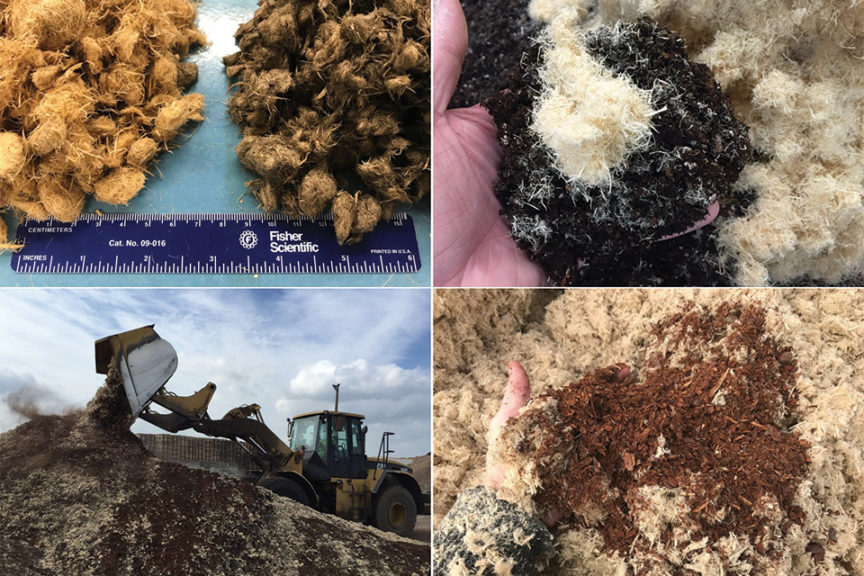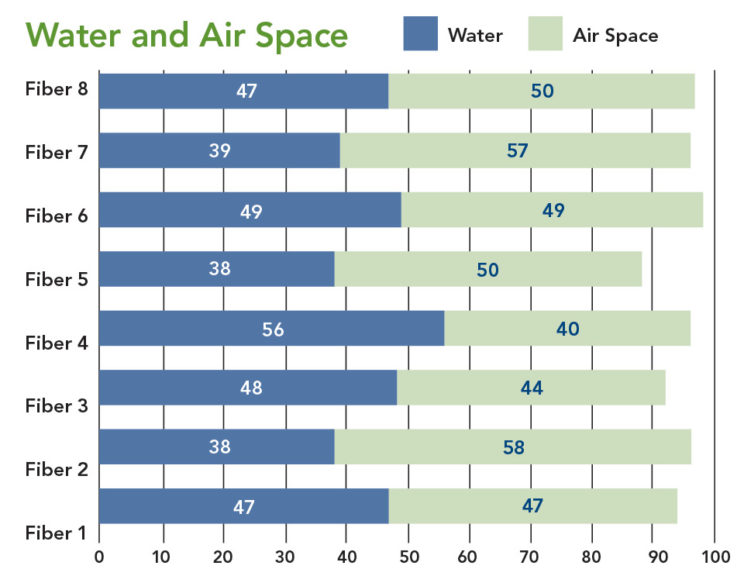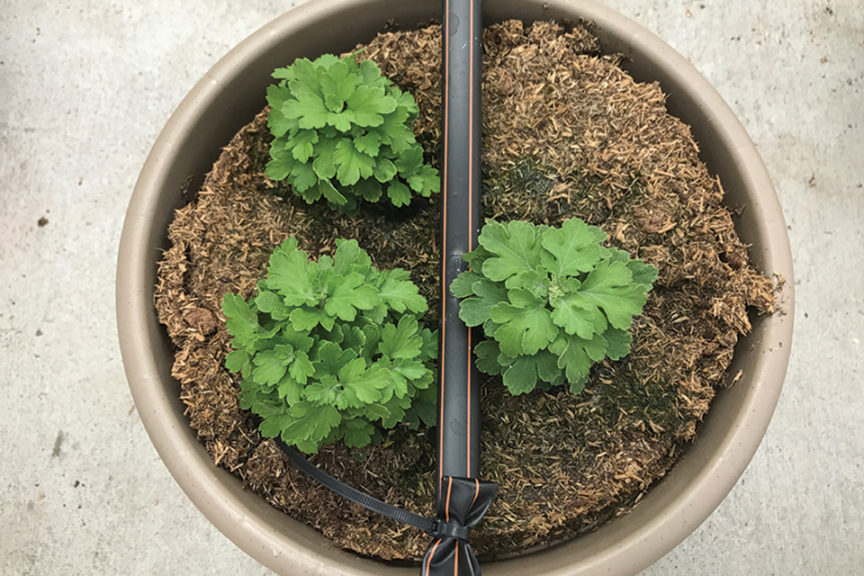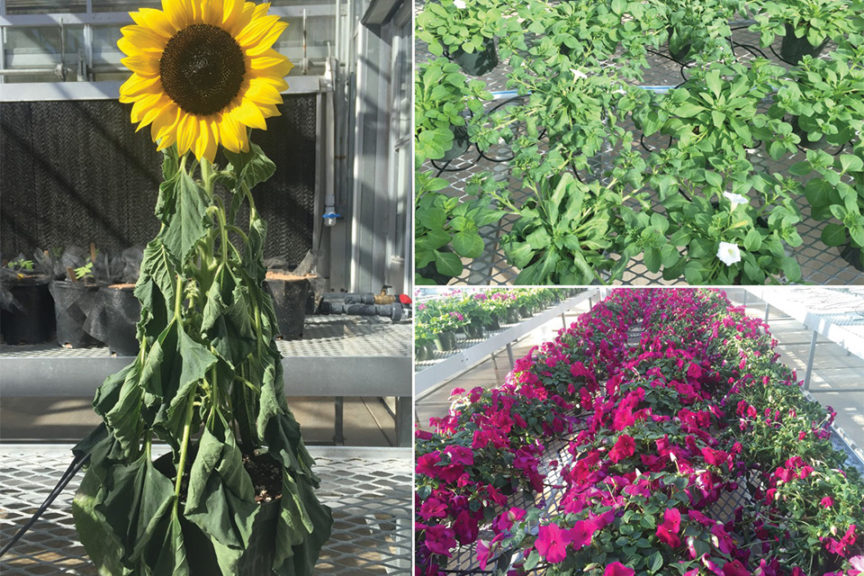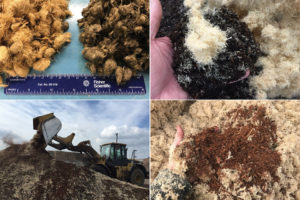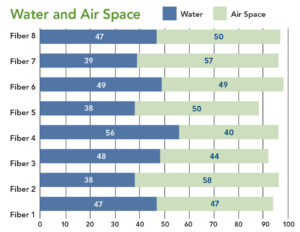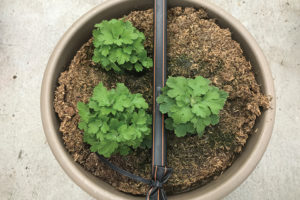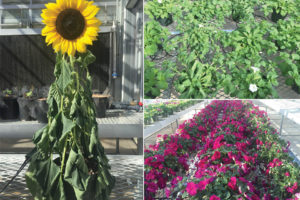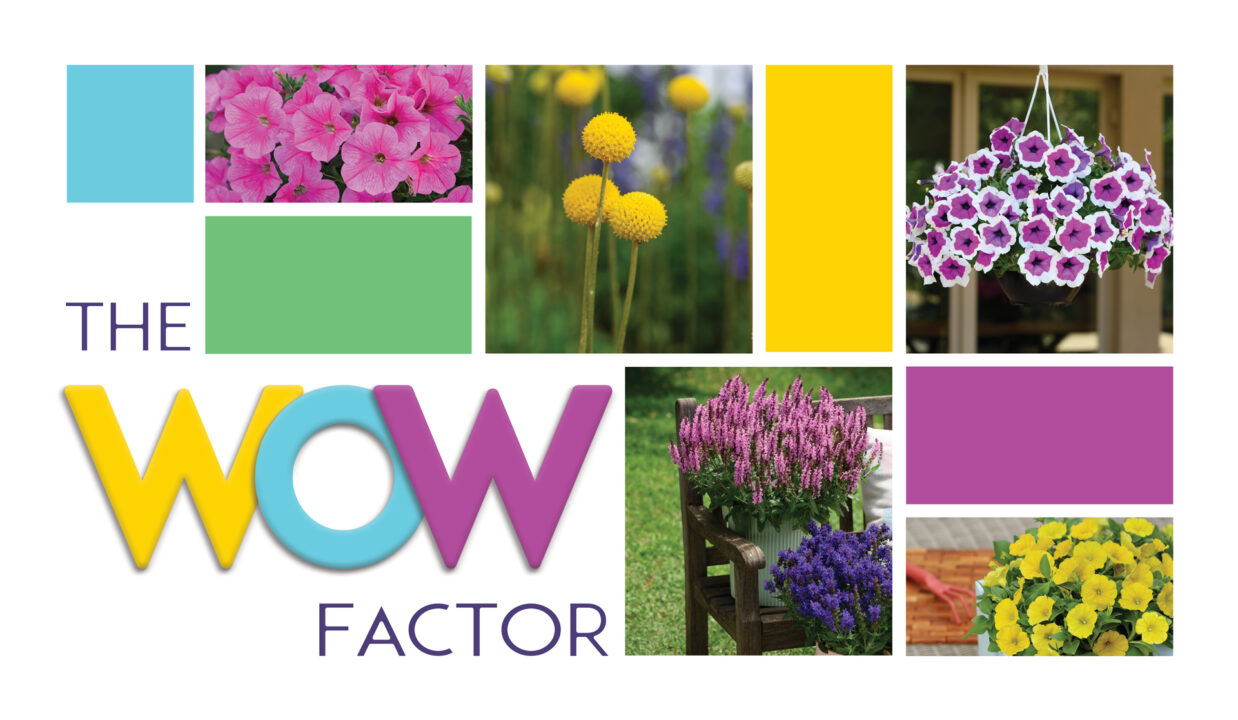Challenges and Considerations of Using Wood Substrates: Physical Properties
Editor’s Note: The first article (Challenges and Considerations of Using Wood Substrates: Chemical Properties) in the Wood Substrate Series ran in the October 2018 print issue of Greenhouse Grower.
Peat has been and remains the Rolls-Royce of horticultural container substrates for more than half a century. Despite its abundance, quality, and uniqueness, the interest in and increasingly broad adoption of wood materials as substrate components demands attention and discussion. These are no longer just alternatives found on a long list of previously researched agricultural, forestry, or municipality waste products. Wood fiber materials are now legitimate substrate components that are seemingly here to stay.
Traditional soilless substrate components have been researched for many decades (mostly since the 1960s), and their problems and potentials have been thoroughly explored, understood, and now managed. Now wood is in the spotlight as the material that offers interest and potential, but little is (scientifically) known about it and its properties.
Getting Physical
One of the unique features of wood is that it is malleable and can be easily manipulated via different mechanical processes to create very specific and functional particle sizes and shapes. The many different types of equipment used to grind trees into wood chips and wood chips into wood fiber/particles can influence the resulting physical properties when blended in a substrate.
Particle size and shape play equally important, yet different, roles relative to the resulting air- and water-holding properties of a substrate. As part of an international wood fiber coalition project, various commercial wood fiber substrates were collected and analyzed for various physical properties at North Carolina (NC) State University. Evaluating the properties of wood materials by themselves is useful when comparing differences among various materials. The water and air properties of any of the tested materials would change once blended with peat or other materials into a finalized substrate. The tested wood fibers have differences in water-holding capacities ranging from 38% to 56% and air porosity ranging from 40% to 58%, which indicates the high degree of physical variability in wood fibers that exists on the market.
Mixing It Up
One of the more obvious challenges faced by growers and substrate manufacturers when incorporating wood components in mixes has been the difficulty in blending some of these materials. The inability to easily blend some wood fibers with peat is caused by the differences in peat/wood fiber structure and length, the clinginess of the wood fibers to themselves, and the behavior of wood when moistened. When produced, the disc-refined fibers are often dried and compressed, which makes them stick together. When fluffed and introduced to water, they will most often clump, making further blending efforts even more challenging. To eliminate this challenge, some manufacturers have developed specialized bale fluffing and blending equipment, like Profile Products for its Hydrafiber product. Without using the specialized equipment, proper blending is nearly impossible.
Other companies that offer disc-refined wood fiber, like Pindstrup (Forest Gold), have other methods of properly blending their materials. The two photos on the bottom of Figure 2 (page 28) show extruded wood fiber (such as GreenFibre from Klassmann and Hortifibre from Florentaise) being blended with peat and bark using a front-end bucket loader. The fiber structure made by the extrusion process is very different and can be more easily blended using traditional techniques and equipment. Some extra time and attention to blending may be needed to blend these, but it is doable without special equipment.
Not pictured are hammer-milled wood products such as Forest Fiber from OldCastle, EcoPeat from Lambert, or various pine tree substrates produced by growers and academic researchers. These hammer-milled products can be easily blended with peat or bark using any current method of mixing. If growers are buying pre-blended mixes from one of the substrate companies, they do not have to worry about this. If growers want to produce and make their own mixes, they should be aware of these potential challenges, added cost of additional equipment, etc.
Volume Yield and Shrinkage
In this discussion of blending and mixing, it is of critical importance to mention the role of water to this process. The moisture level of materials (at the time of blending) also affects how easily they will be incorporated. Another issue many have faced when using a percentage of wood in their substrate is the total volume yield after blending. In short, 1 + 1 does not equal 2. This is because different materials have different densities, particle sizes and shapes, and compression and compaction ratios, etc. Replacing perlite with wood is a safer bet that volume yields will not change and be similar. For growers cutting some percentage of their peat with wood fiber, the result will likely not be the same. This also depends on the type of wood used.
Adjusting the moisture of substrate components before and after blending (before potting) is also necessary so pots are properly filled (not under or over) and shrinkage (pulling away from the sides of the pot) does not occur. Shrinkage is usually a result of the substrate not being moist enough when potted. If the substrate pulls away from the container, it can then lead to water channeling, disrupted rooting on the sides, and overall lower volume of the substrate for roots to grow.
Aside from shrinkage, some mixes containing wood fiber can experience slumpage. Slumpage equates to substrate volume loss over time. It is caused by inadequate initial moisture levels of the substrate and by the nesting and settling that occurs in a container between/among the different components after being watered. Wood fibers have a high propensity to exhibit this behavior, especially when used at higher percentages in peat. As particles shift and nestle, some reduced volume can occur. This can be avoided by proper blending and adequate moisture prior to potting.
Water Wise
Water may be the most important management parameter of all. Growers and researchers alike have noted the difference in substrate water relations when wood fiber/components are in the mix.
While wood is inherently more hydrophilic (wets easier at low moisture levels compared to peat), it also dries quicker than peat on the surface of containers. Surface drying has led to many overwatering problems for growers in recent years.
Wood additions can also change the water capacities of the substrate. Many growers are observing improved water holding with wood fiber in the mix compared to peat-perlite mixes. Increased water release over time has also been reported, which is good for post-production shelf life quality. However, others (me included) have seen many examples of plants wilting sooner when grown in wood-containing substrates compared to perlite mixes.
What’s the deal? Well, a couple of possible scenarios are at play here. First, the type and size of the wood component being added to peat, as well as the grade/type of peat it is being added to, can shift the air and water-holding ratios. Second, the percent of wood in the mix can likely explain when a substrate dries faster or slower (holds more water).
The concept of threshold proportions in substrates has been studied for many years. As proportions of components change (up or down), there is a point at which properties change (often very quickly). So, as peat percentage decreases and wood increases, there is a point when hydrological and physical properties can turn on a dime and begin behaving differently.
Bottom line, there is currently no one answer or recommendation relative to water management of the different wood substrate components, as they seem to not react or behave the same every time. Water management is maybe the most important area of research that is needed in this area to advance the usability and reliability of wood substrates.




